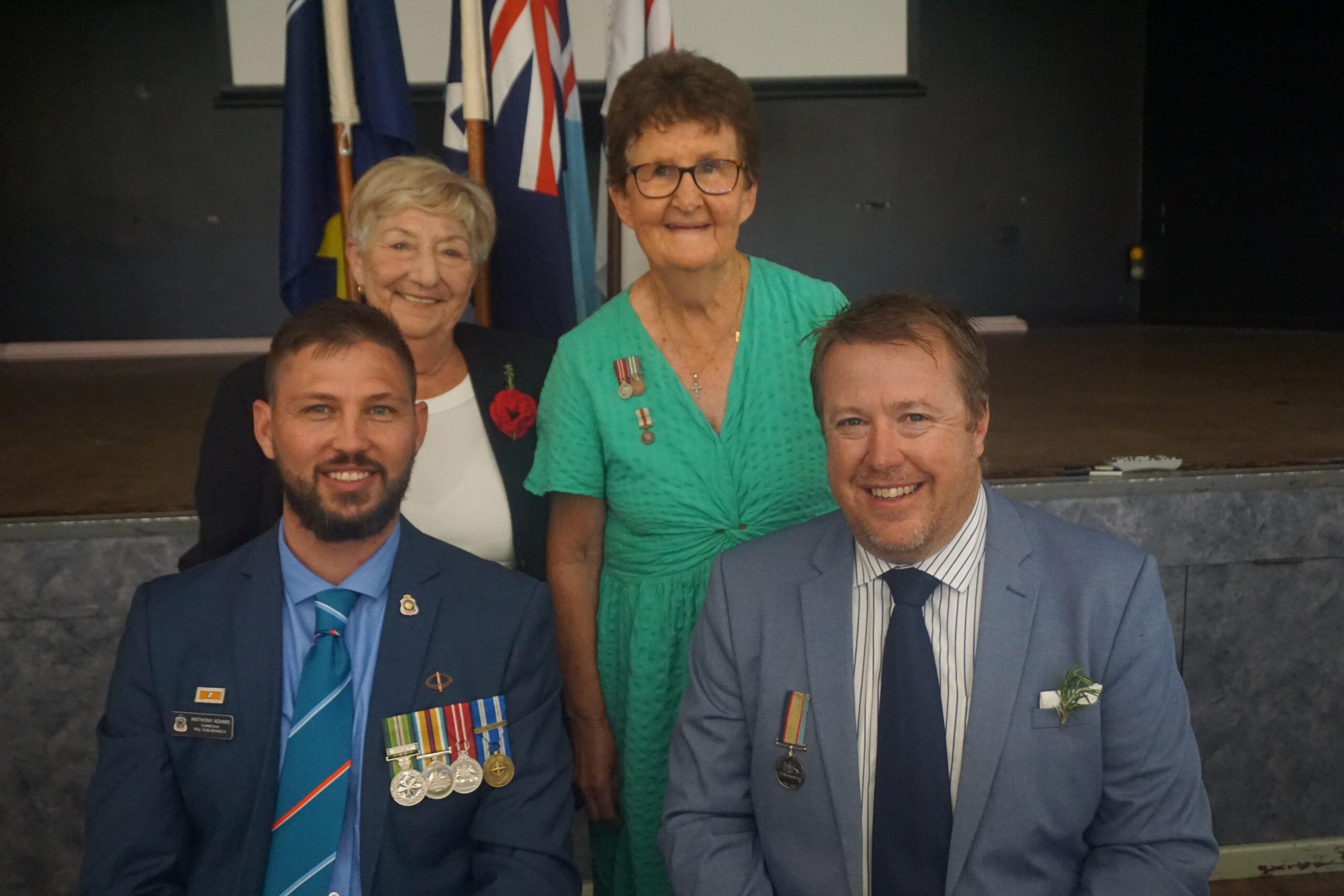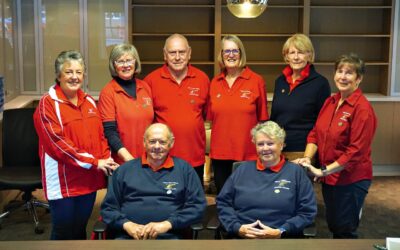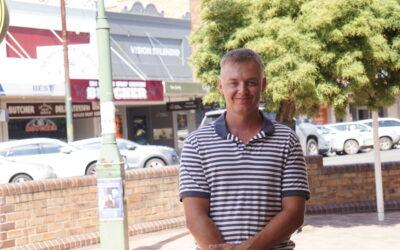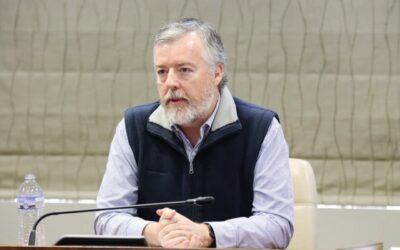The speeches of Adam Arndell and Marie Hobson came from two different lives lived but both conveyed a similar message – challenges of veterans do not end when service ends.
The two were guest speakers at the Gunnedah RSL Sub-Branch Anzac Day lunch at Club Gunnedah.
Mr Arndell had already spoken earlier that day at the Anzac service but those at the lunch learnt more of his story.
He had started his journey in the military as a cadet at Knox Grammar School.
It was the love of the outdoors, camp with mates and “the chance to handle and play with the 7.62 mm L1A1 self-loading rifle or SLR, which was the Vietnam war standard infantry weapon” pulled him toward becoming a cadet. He would learn the cadet barrels were filled with cement.
“It didn’t take long before I realised there was something more to it,” Mr Arndell said.
The sense of purpose led him to military life as an adult, where he served in the 6th Battalion, Royal Australian Regiment, from 1994 to 1999.
He described leaving the defence as like being “dropped in the middle of a new town without a map”.
The lack of structure and a team made life outside of the military difficult to navigate.
“Some come home to battles they never expected—mental health struggles, unemployment [and] isolation,” Mr Arndell said.
“That’s why days like today matter.
“Not just for remembrance—but for reconnection.”
While Mr Arndell’s speech gave that clear message to support the veterans long after their service ends, Mrs Hobson shared how the tragedies of war never leave them.
Dubbed as a “local legend” at the lunch, Marie has written the stories of hundreds of people, including veterans.
While she was “relatively untouched by the horrors of war” she can recall that was not the same for her family.
Her father, Ossie Campbell, served in the Civil Construction Corps, colloquially known as ‘Curtain’s Cranky Carpenters’ in far north Queensland. It was only when Marie began tracing her family history she learnt his cousin was captured by the Japanese.
It was years later when she discovered he was beheaded on a remote beach and photos taken to be air dropped to the Australian troops as propaganda.
“He and my Dad had been in the same class at St Xavier’s but their lives had taken very different paths,” Mrs Hobson said.
A multitude of her family members had served in different conflicts.
One of which was her uncle Jim Grieg who had sailed “for the Middle East the day after his wedding”.
“When my aunt died in 1971 his world fell apart, he turned to his mates at the RSL club and found solace in alcohol,” Mrs Hobson said.
“When Anzac Day came around his demons returned through alcohol and I can still recall him crying drunk about shooting a sniper out of a tree in New Guinea, towards the end of the war,” she said.
The sniper was only a boy.
Mrs Hobson recalled the stories she told, one belonging to Rex Moore. He had described to her his horrors when he found signs of cannibalism by the Japanese after they were cut off from food supplies in New Guinea.
“Over the years it has been my privilege to interview many ex-service men and women from different theatres of war,” Mrs Hobson said.
To order photos from this page click here



